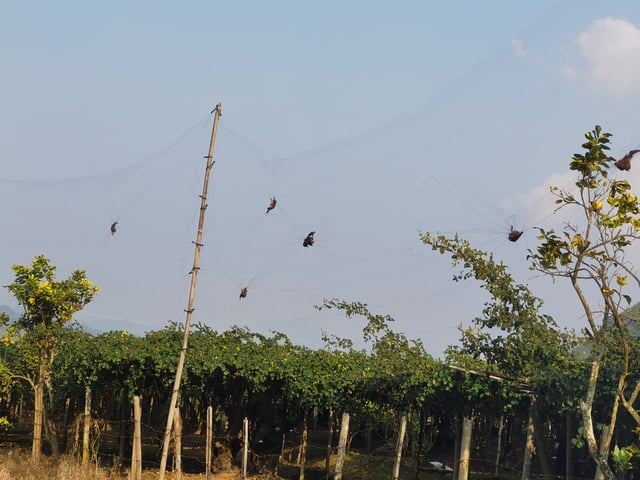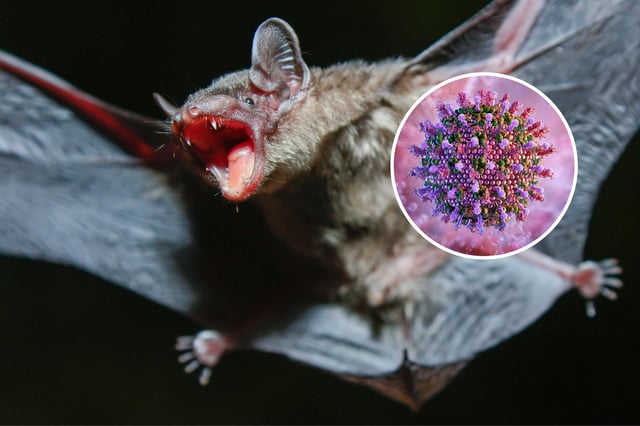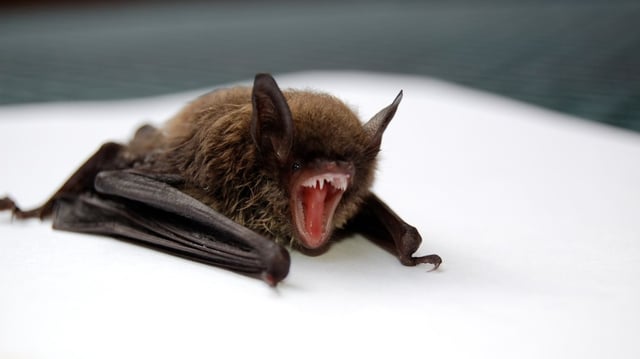Overview
- Twenty previously unknown viruses were identified in the kidneys of Leschenault’s rousette fruit bats from orchards near villages in Yunnan province.
- Two of the new pathogens, named Yunnan bat henipavirus 1 and 2, share between 52 and 57 percent of their proteins with deadly Hendra and Nipah viruses.
- The proximity of infected bats to human settlements highlights theoretical spillover pathways via bat urine or contaminated fruit.
- Scientists warn that laboratory analyses are needed to determine whether any of the newly discovered viruses can infect humans or livestock.
- Experts say protecting and restoring bat habitats alongside targeted surveillance offers a sustainable strategy to reduce future zoonotic threats.



